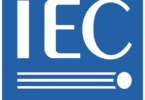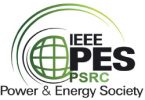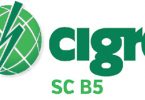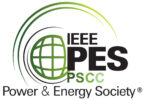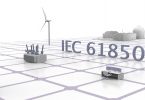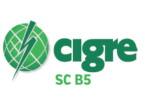by Christoph Brunner, it4power, Switzerland
I thought it might be useful to dedicate a column providing an overview of the various parts of IEC 61850.
In the last column, we talked about the generic parts, parts related to communication and parts related to testing. Now we will conclude with the parts related to modeling and engineering. Note that I only list parts that have been at least circulated as a first draft.
For those that did not read my last column and do not have it handy, here again the explanation of the following tables: The column “Pub” shows the version of the publication; if empty, the first edition is still in development. The column “Rev” shows the revision status. “Amd” means that an Amendment is in preparation; “Rev” means a new edition is in preparation. Technical reports from the IEC 61850-90-xx series are temporary “trial” models; they will be integrated in the core standards. If in the last column “Int” is indicated, that means, that the content has been integrated in a core part.
Table 1 shows the parts that deal specifically with modeling. The 7-4xx parts define the Logical Nodes that are standardized for substation automation, hydro and gas power plants and DERs. The 7-5xx series provides additional information about the modeling of applications using those Logical Nodes.
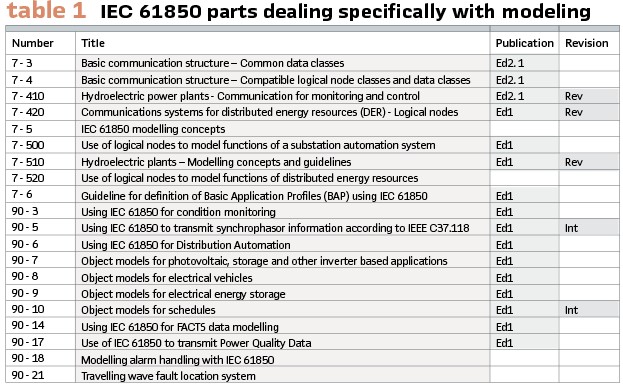
The part 7-6 is a guideline, describing how to describe so called basic application profiles. Basic application profiles describe an application how a user needs it, including the related IEC 61850 data model and communication services.
Finally, as part of the series 61850-90-xx, technical reports are developed to define data models, and in some cases communication services and engineering requirements, for new application domains. Some of them, like the parts 90-5 and 90-10 have already been integrated in Edition 2.1 of the base parts. Others are on the way to be integrated in the next revision, like 90-7 or 90-9 which will be integrated into part 7-420.
Table 2 is an overview on the parts related to engineering. Note that the part 6 will be renamed to 6-1 with the next edition. With 6-2 we will be introducing configuration languages related to HMI configuration.

Part 6-100 will introduce a couple of new concepts in SCL that allow to better describe the semantic of an application and to significantly enhance the level of formal specification of application requirements. Part 7-7 contains the description of the SCL schema file which is used to publish so called namespace files as XML files. Such a namespace file contains the complete description of the data model, as it is used for tools. This avoids the need for manual creation of a data model in a tool.
Finally, after many years of work, we could recently finalize the first version of 90-11, which deals with methods to describe logic functions and the integration of those into an IEC 61850 SCL based environment. As the base technologies from industrial automation that are used in this part are currently being updated, there may be a need for an amendment of that part as well.
90-16 deals with requirements for system management, focused on managing hundreds or thousands of IEC 61850 IEDs out in the field regarding firmware or configuration update. New work will be started, to specify the implementation of the requirements defined there.
Biography:
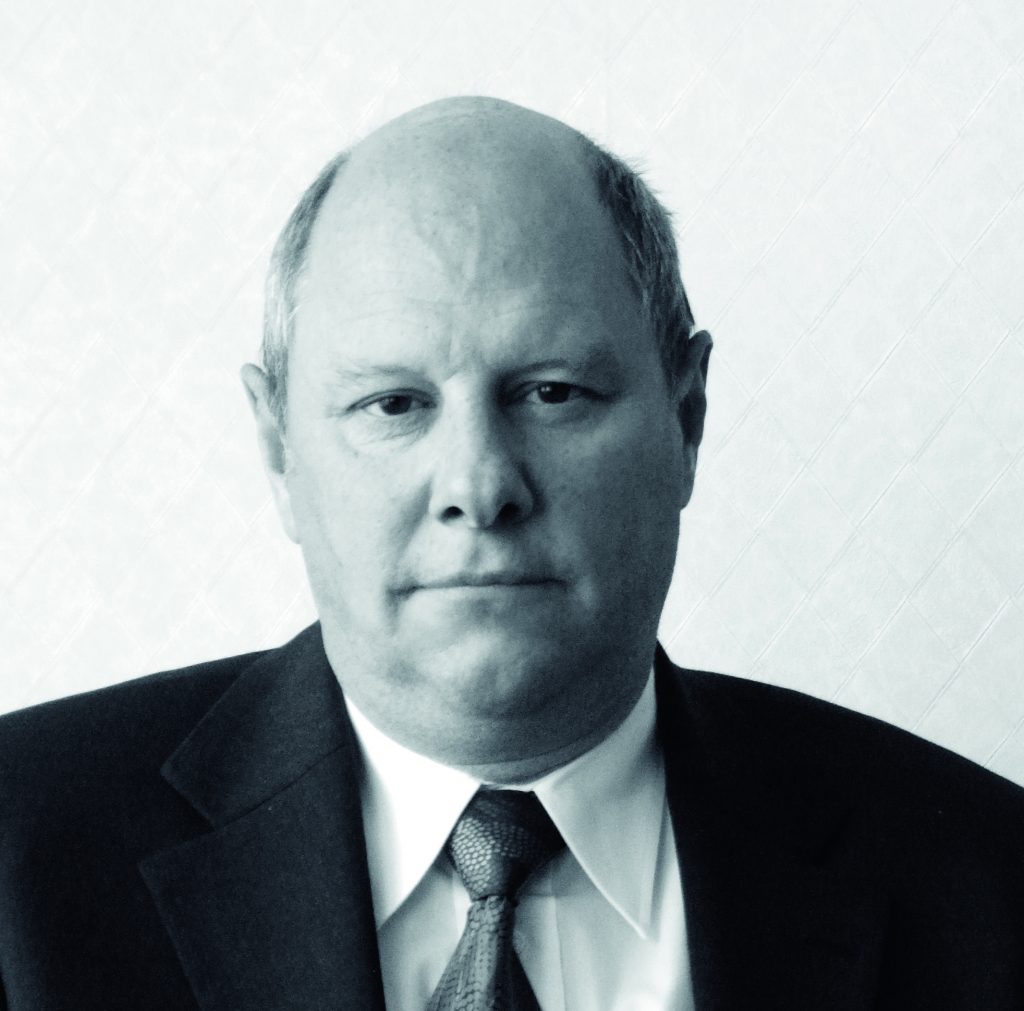
Christoph Brunner is the President of his own independent consulting company it4power LLC based in Switzerland. He has over 25 years of experience with knowledge across several areas within the Utility Industry and of technologies from the Automation Industry. He has worked as a project manager at ABB Switzerland Ltd in the area of Power Technology Products in Zurich / Switzerland where he was responsible for the process close communication architecture of the automation system. He is Convener of WG 10 of the IEC TC57 and is a member of WG 17, 18 and 19 of IEC TC 57. He is member of IEEE-PES and IEEE-SA. He is an IEEE Fellow and is active in several working groups of the IEEE-PSRC and a member of the PSRC main committee and the subcommittee H. He is advisor to the board of the UCA international users’ group.



